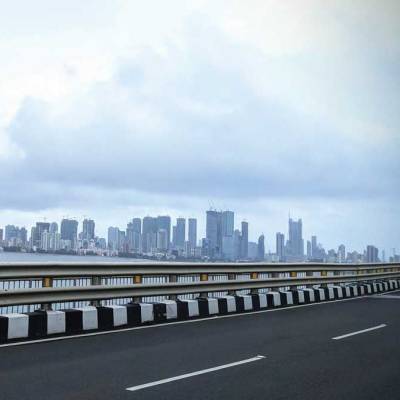

This article, in two parts,addresses the origins of the Gati Shakti master plan, the flagship Rs100 trillion infrastructure scheme of the NDA Government, and its current challenges owing to financing and governance issues caused by a change in original project specifications. We will also examine what can be done using financial innovation and proven governance structures to bring nearly 1,800 projects within Gati Shakti back on track, saving crores of rupees in the process and creating over 36 million new jobs.
Gati Shakti, as it is known today, was earlier called the National Infrastructure Pipeline (NIP) when it became a Government of India scheme on August 15, 2019.
But before it became the NDA Government’s mega infrastructure plan, it was conceived as the ‘Construct India Mission’in the mind of a senior strategic planner at Reliance Industries, who was passionately interested in starting a construction boom in India and creating millions of new jobs.
As expected, the release of the Congress manifesto created a huge challenge for the BJP and its manifesto team was desperate for a BIG idea that could successfully meet the challenge posed.
As stated earlier, a plan titled the ‘Construct India Mission’ had already been conceived in 2017 and been submitted to the Ministry of Commerce during the term of the earlier NDA government. It helped that this Rs 87 trillion plan and its capacity to create 36 million new jobs had been evaluated by then commerce minister Suresh Prabhu, and that he had recommended it for official support by the Ministry of Commerce as a national plan. Therefore, the Construct India Mission presentation and concept note were sent as an input for the BJP manifesto to Suresh Prabhu, with a copy to all members of the BJP manifesto committee.
The note hit home and Meenakshi Lekhi (Minister of State for External Affairs) and Vinay Sahasrabuddhe (MP), both members of the BJP manifesto committee, wrote back to say that the Construct India Mission would be considered for inclusion in the BJP Manifesto. Thus, a critical first step was passed for avisionary initiativeto become reality by making it a part of the agenda of a major political party.
With this, the BJP now had a plan to potentially double India’s GDP while creating millions of new jobs. Therefore, its plan was far more sustainablethan the Congress’s Universal Basic Income Scheme, which had no viable financing source.